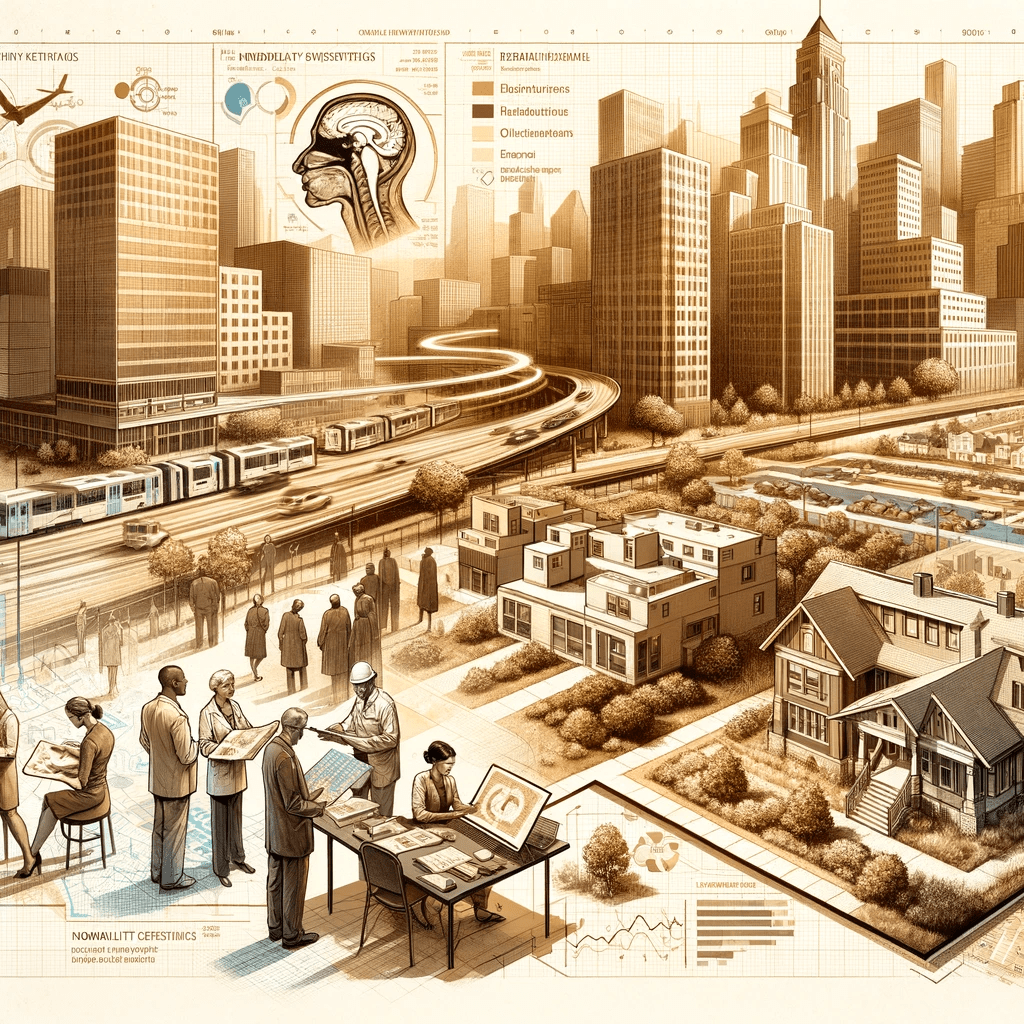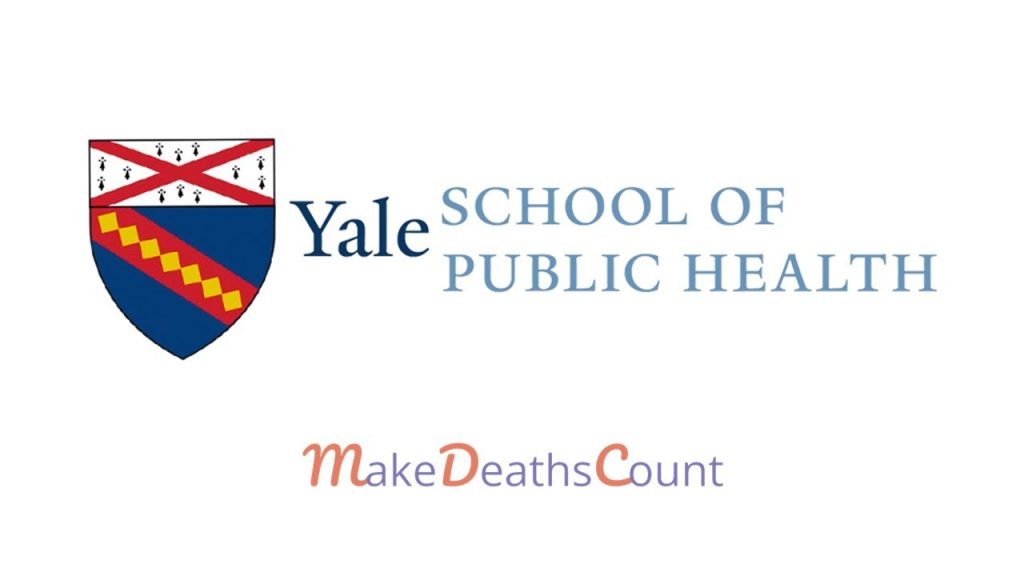
Mortality surveillance – the systematic collection, analysis, and interpretation of data related to deaths, has a profound impact on a variety of infrastructure, although it can have a particularly large impact on civil engineering. The information discovered through mortality surveillance can transform urban planning, city infrastructure and other aspects related to civil engineering.
Urban Planning:
Civil engineers may rely on mortality data to understand the prevalence of diseases in certain areas, traffic-related fatalities, and other health-related factors. This is used to inform civil engineers in the creation of safer and more efficient cities, with considerations for public spaces, transportation systems, and emergency services.
Disasters:
Certain areas are especially prone to disaster related death. Mortality surveillance helps monitor the deaths in a certain area that are impacted by specific disasters. The data can then be used to guide civil engineers to create infrastructures that can withstand these disasters. For example, a house with a strong basement in a tornado prone environment.
Healthcare Facilities:
A hospital’s capacity, location, and specialization of hospitals and clinics are important factors that civil engineers must consider. Mortality surveillance helps provide data of disease prone areas, and areas with high mortalities rates to help provide specifications of certain hospitals being built. This ensures that healthcare infrastructure aligns with the specific health needs of the population.




